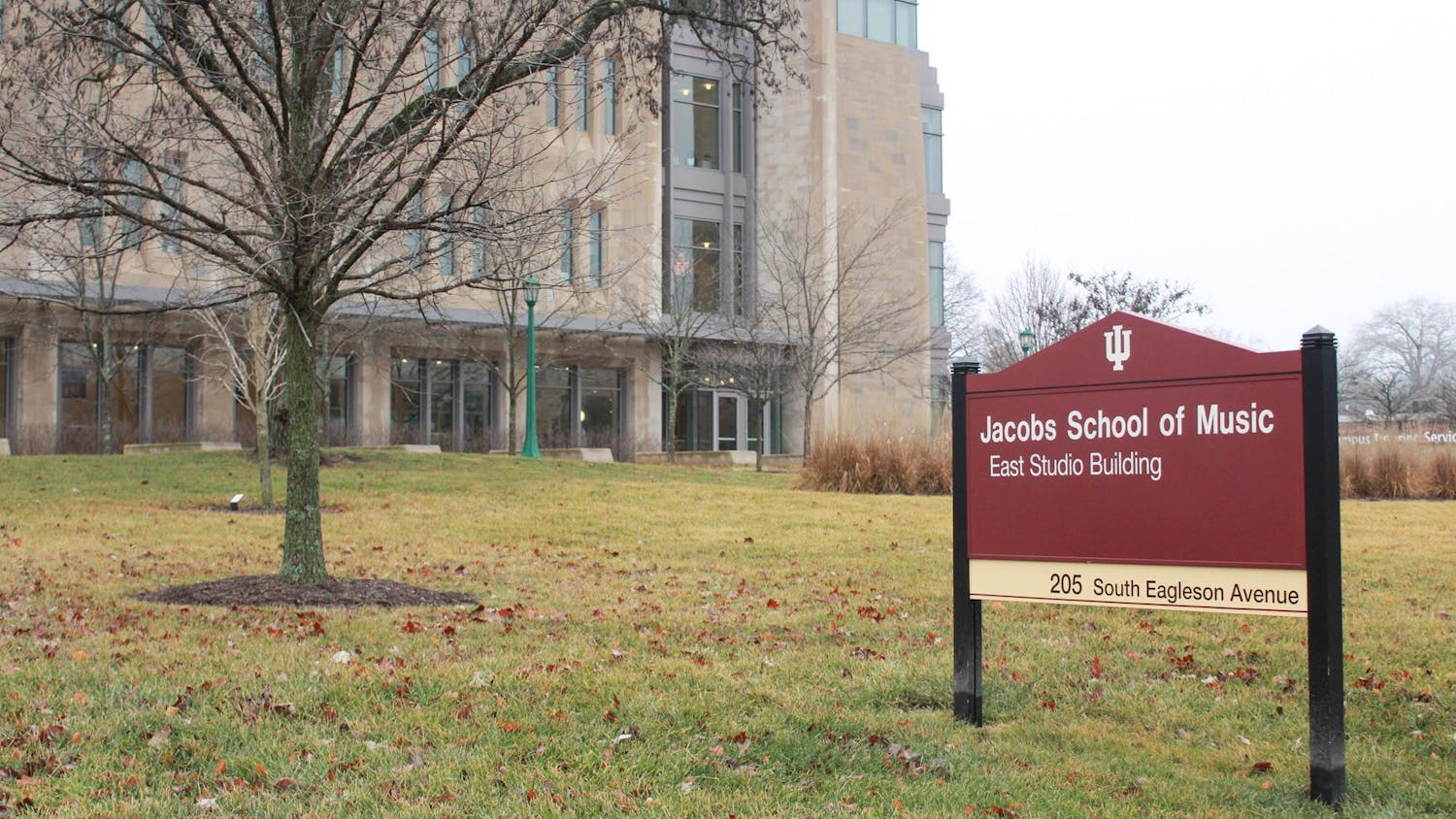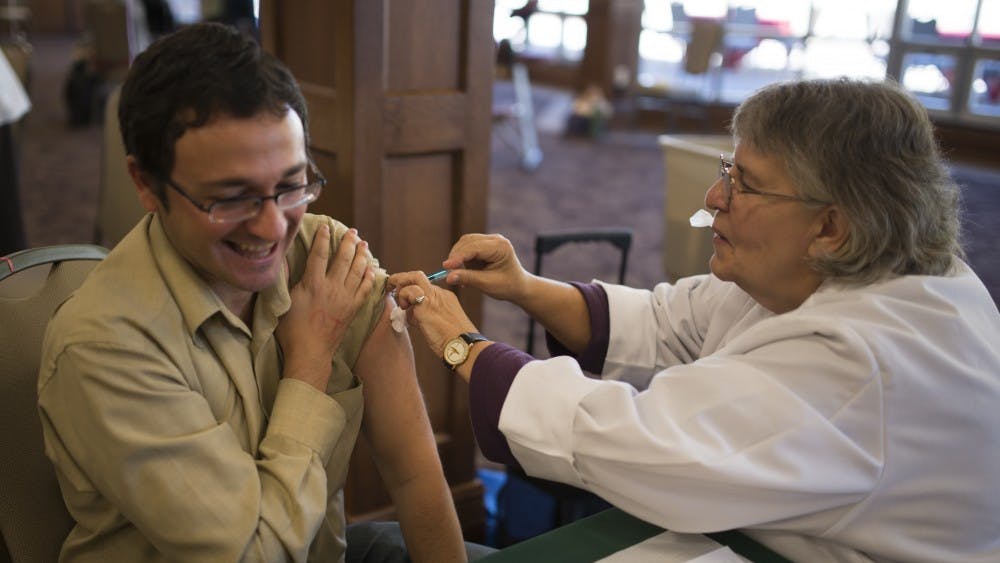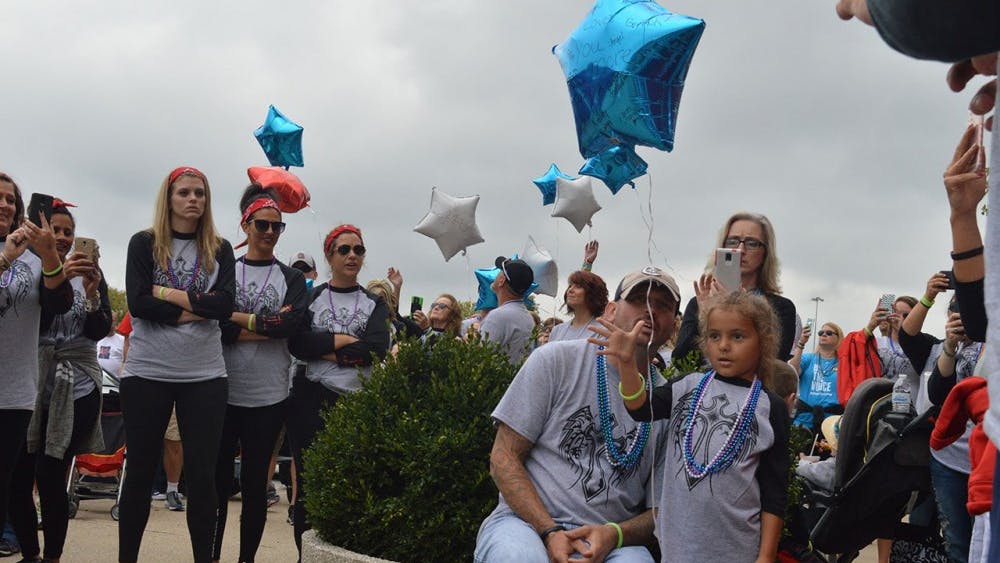Skin cancer is the most common form of cancer in the United States, but the IU Health Center is trying to fight the disease by educating students.\nThe IU Health Center will offer free melanoma screenings to students from 1 to 3:30 p.m. Wednesday in the Hoosier room of Indiana Memorial Union. \nAccording to the Centers for Disease Control and Prevention Web site, melanomas are the third most common form of skin cancer and are more dangerous to young people than basal cell and squamous cell carcinomas, the most prevalent forms.\nWhile flyers for the event advertise “free full-body melanoma screenings,” Health Center educator Kathryn Brown is quick to reassure people that they won’t have to strip down if they’re uncomfortable. For example, she said if someone has a mole or freckle they’re concerned about, the doctors can take a look.\n“Some people have things they want evaluated cosmetically; ‘Can this get taken off or not?’” said Laura Dolby, one of the Health Center’s registered nurses. “We can also accommodate them on that.”\nDolby said people will fill out a short questionnaire stating what they want, then go into an examination room with a nurse and either Dr. Mark Moseman from the Health Center or Dr. Matthew Reeck of the Dermatology Center of Southern Indiana. After the evaluation, students can make an appointment with either doctor if necessary. \nDolby also said that some visible skin lesions are pre-cancerous.\n“You remove those lesions, you’ve prevented cancer,” she said.\nBrown said that aside from the obvious purpose of testing, the Health Center also hopes to make people think about the effects of potentially hazardous behaviors such as using tanning beds and not wearing sunscreen.\n“What is this constant tanning doing to your skin?” she said. “It’s skin damage; there’s no way around it.”\nErin Wyatt, a registered nurse at Bloomington Hospital’s Olcott Center for Cancer Education, which co-sponsors the event, agreed.\n“The No. 1 risk is unprotected exposure to UV rays,” Wyatt said, explaining that tans are the result of ultraviolet radiation from the sun or tanning beds.\nAside from the risk of cancer, this exposure also leads to premature wrinkling and leathery skin texture, she said. \n“There’s no such thing as a healthy tan,” Dolby said.\nWyatt compared deliberate tanning to smoking or use of other tobacco products.\n“We know that it’s bad, but we still do it,” she said. “In our culture, we have this stereotype that tan equals healthy and beautiful.”\nAccording to the Centers for Disease Control and Prevention Web site, certain risk factors make people more likely to develop skin cancer, including family or personal history of skin cancer, lighter natural skin color, blue or green eyes, and blonde or red hair.
IU to offer skin cancer screenings
Risk factors include lighter skin, hair, eyes
Get stories like this in your inbox
Subscribe





